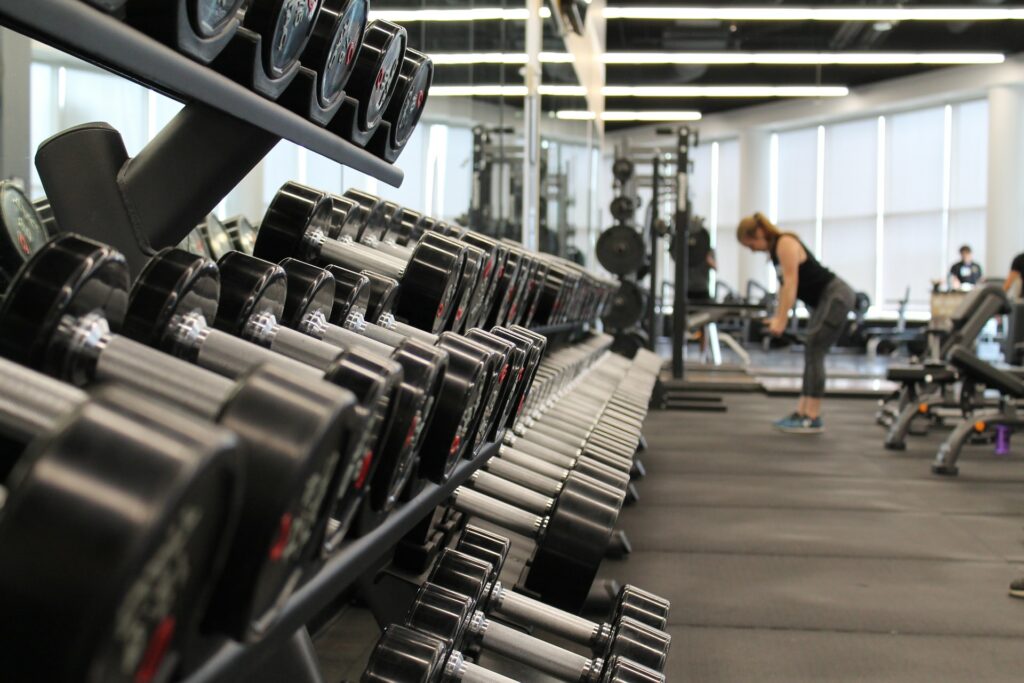Anyone who has an interest in fitness has at least heard about High-Intensity Interval Training – HIIT. Over the past few years this workout approach has gained widespread popularity. But, since new workout regimens, styles, and practices seem to arrive every year, it’s easy to have heard of the flavor of the month, but not really know much about it, like the advantages and disadvantages. So, here is a quick overview of HIIT and some info on the pros and cons of making it part of your overall workout routine.

What is HIIT?
This is actually a great question, because HIIT is used to describe a wide range of workouts these days. It actually is a fairly flexible workout strategy that can incorporate a variety of different exercises. While an ‘official’ definition is hard to come by, HIIT can be described as a workout program that includes short high-intensity bursts of energy/exercise, followed by a short rest period (wash-rinse-repeat). The idea is that HIIT delivers great cardiovascular benefits through rapidly ramping up intensity and then providing short recovery periods in between exercises for the entire workout.
With this broad definition, a HIIT workout might include something like intervals 1 minute sprints followed by 30 second rest periods. But, it can also include high-volume weightlifting with short breaks in between high-repetition sets. Another example that a lot of fitness enthusiasts would recognize are CrossFit style workouts.
Really these workouts can include any type of exercise that involves intense periods or exertion, raising the heart rate, with regular, but brief recovery periods in between.
Benefits
With the extreme popularity of HIIT workouts, you know that many people are finding benefits from the programs. Just a few typical specific benefits include:
More bang for your buck – HIIT workouts have been shown in some studies to provide the benefits of more typical steady-state cardio exercises in half the time. So, HIIT workouts are completed more quickly, saving time.
Faster and better results – Athletes that leverage HIIT workouts note that their progress comes faster, with improved conditioning or other cardio benefits. In general, people that enjoy HIIT workouts are looking for results (improved cardio, building muscle, etc.) and studies suggest that it can indeed generate those results and deliver them more quickly than various other types of workouts.
Drawbacks
Results in less time? Sounds fantastic! Even people who really enjoy working out and spending time in the gym can get excited about achieving results in less time. But, like everything there is a flip side to these great benefits.
Too much of a good thing – It may be that the best benefits from HIIT comes from moderation, rather than using it every day. HIIT workouts, by design, push the body to extremes, generating stress on the system. In the right amounts, this is a good thing, but if pushed too far, things like cortisol levels can rise over longer periods. People who potentially overtrain with HIIT report sleep issues, and other health issues.
Injury risks – High-intensity training is ‘intense’. Intense workouts are more likely to cause injury. HIIT workouts that include a lot of bouncing or repetitive stress on your joints can lead to any number of injuries.

Finding Your Sweet Spot
Arguably the best way to get the maximum value from HIIT is to find the right mix of these types of workouts with more standard exercise routines. It is likely to vary from one person to another, but a good rule of thumb is that your weekly routine shouldn’t be made up of mostly HIIT workouts. Mix things up and try alternating a HIIT workout followed by two days of different workouts and find the ratio that works best for you.
